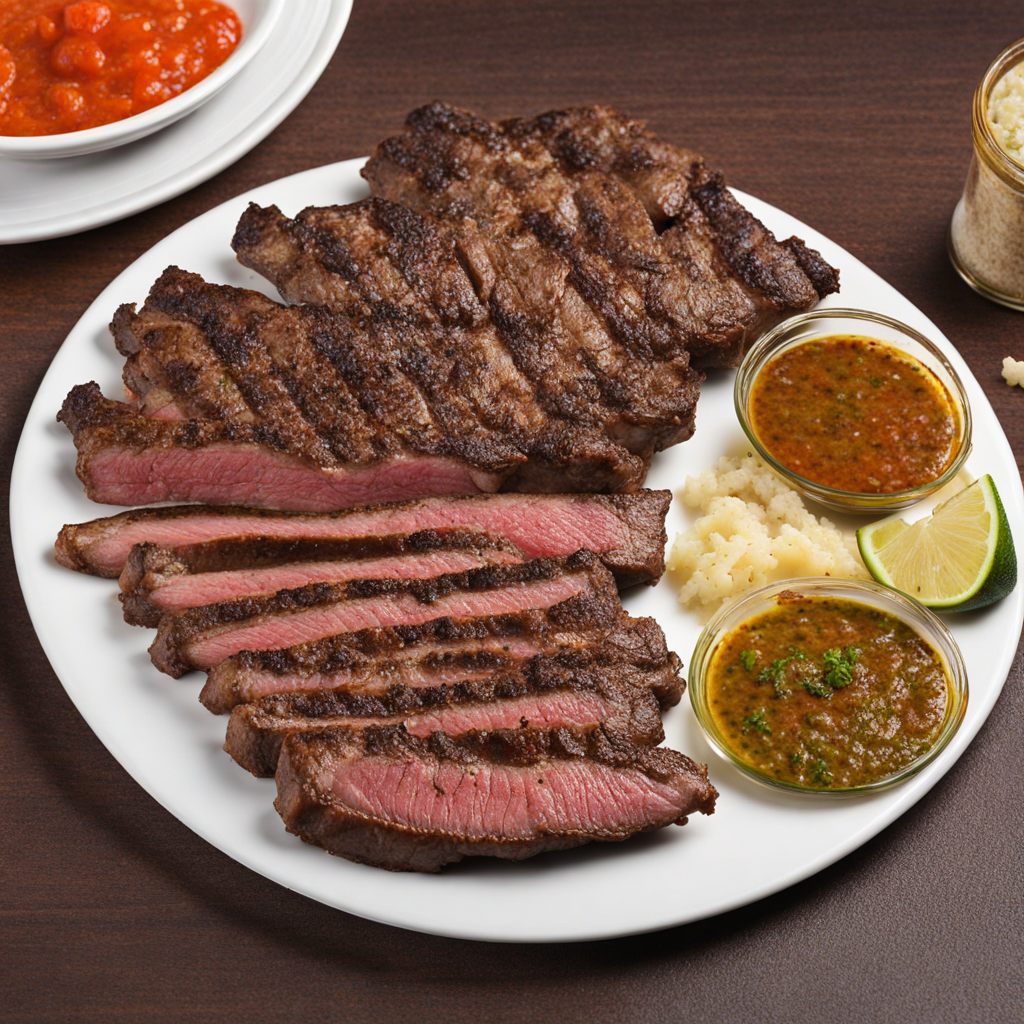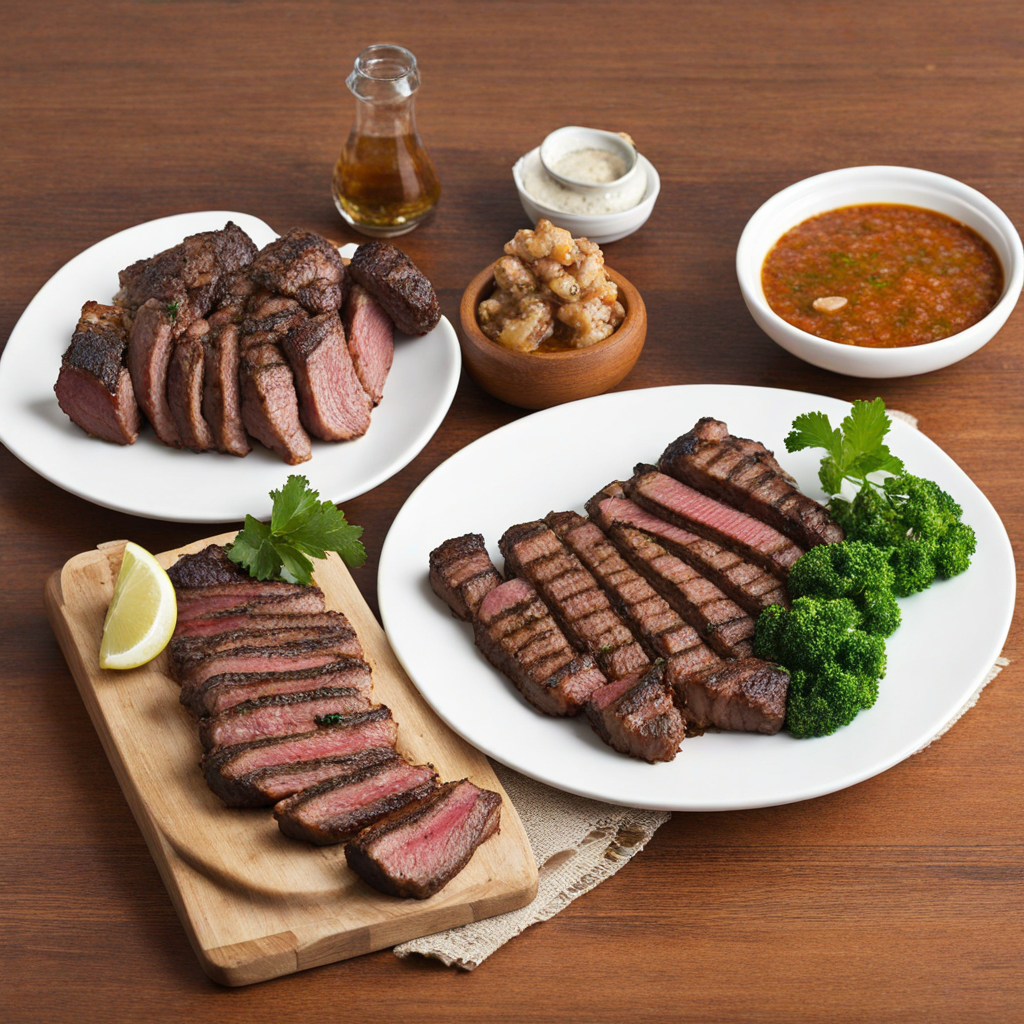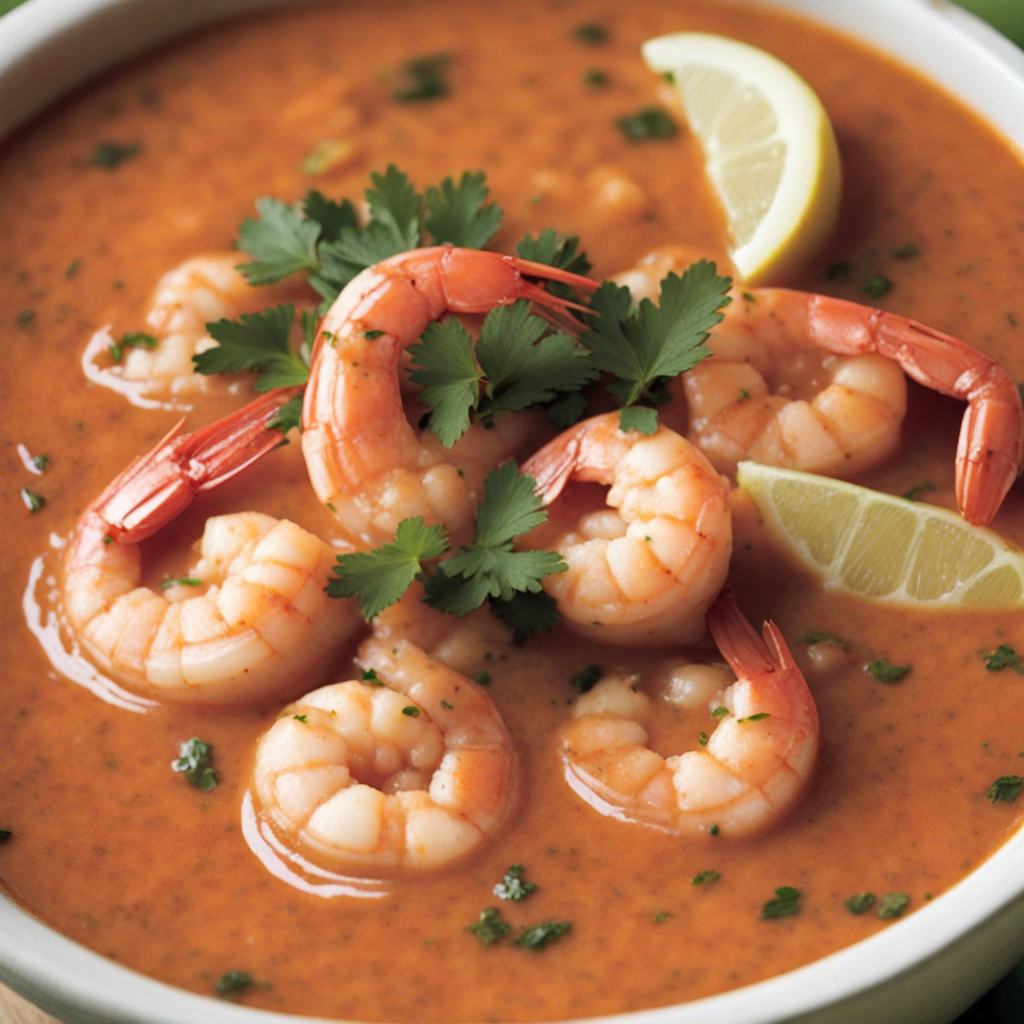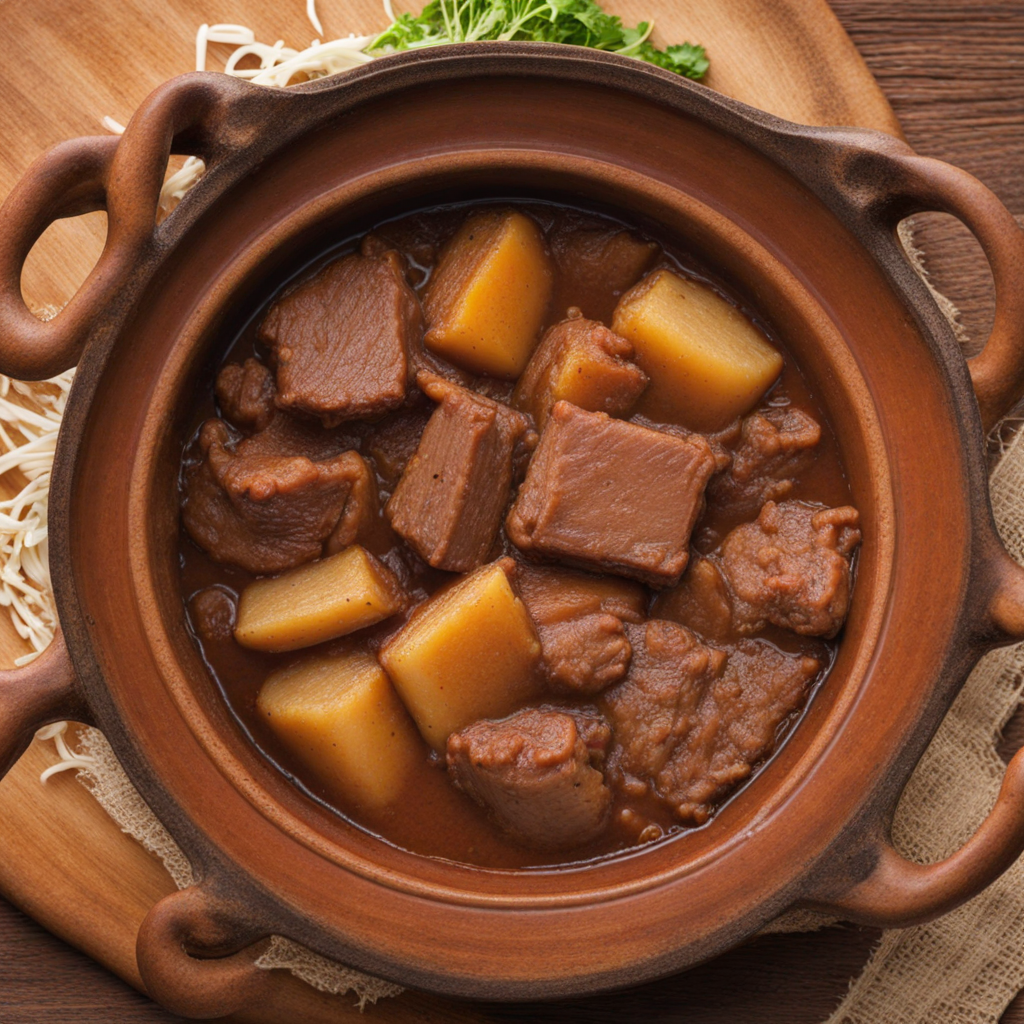Churrasco
Churrasco is a vibrant and tantalizing Brazilian barbecue that showcases the country's rich culinary heritage. At its core, churrasco is all about high-quality cuts of meat, typically beef, pork, chicken, and sometimes lamb, which are seasoned simply with coarse salt and cooked over an open flame or grill. The smoky aroma that wafts through the air as the meat cooks creates an inviting atmosphere, enticing diners to gather around and indulge in the feast. The cooking technique often involves skewering the meat on long metal or wooden sticks, allowing it to be grilled to perfection while retaining its natural juices and flavors. One of the most distinctive elements of churrasco is the variety of meat cuts used. Popular options include picanha (the top sirloin cap), fraldinha (flank steak), and costela (beef ribs), each offering a unique texture and flavor profile. Brazilian churrasco is typically served in a rodizio style, where servers move from table to table, slicing succulent pieces of meat directly onto your plate. This interactive dining experience not only allows you to sample different cuts but also encourages sharing and camaraderie among friends and family. To complement the rich flavors of the grilled meats, churrasco is often accompanied by a variety of sides, such as farofa (toasted cassava flour), vinaigrette salsa, and rice. Additionally, many people enjoy pairing their meal with traditional drinks like caipirinha, a refreshing cocktail made with cachaça, lime, and sugar. The combination of smoky meats, zesty sides, and vibrant drinks creates a feast for the senses, making churrasco a must-try for anyone eager to explore the bold and diverse tastes of Brazilian cuisine.
How It Became This Dish
The History of Churrasco: A Brazilian Culinary Tradition Churrasco, a term that evokes the smoky aroma of grilled meats and the lively spirit of outdoor gatherings, is not just a culinary dish in Brazil; it is a cultural phenomenon steeped in history. To understand the significance of churrasco, we must explore its origins, its evolution over time, and its role in contemporary Brazilian society. #### Origins of Churrasco The roots of churrasco can be traced back to the gauchos of the southern regions of Brazil, particularly in states like Rio Grande do Sul, Santa Catarina, and Paraná. These Argentine and Brazilian cowboys were responsible for the early development of this grilling style, which relied on the vast herds of cattle that roamed the Pampas. The gauchos typically cooked their meat over an open flame, using simple yet effective techniques that highlighted the quality of the beef. The term "churrasco" itself is believed to have originated from the Spanish word “asado,” which refers to a grill or barbecue. The practice of grilling meat has deep roots in Spanish and Portuguese cultures, but it was the gauchos who refined this method, creating a unique cooking style that became synonymous with Brazilian identity. #### Cultural Significance Churrasco is more than just a method of cooking; it is an integral part of Brazilian culture, symbolizing hospitality, celebration, and community. It is often associated with gatherings of family and friends, where the act of grilling becomes a social event. In Brazil, it is not uncommon for families to host churrascos on weekends or during special occasions, turning the experience into a festive affair filled with laughter, music, and camaraderie. The communal aspect of churrasco is evident in the traditional rodízio style of dining, popularized by Brazilian steakhouses, known as churrascarias. In this format, waiters circulate the dining area with skewers of various meats, allowing guests to sample a variety of cuts. This communal sharing of food reflects Brazil's diverse cultural influences, as churrasco has become a platform for blending regional flavors and culinary techniques from indigenous, African, and European backgrounds. #### Development Over Time As Brazil evolved throughout the centuries, so too did its culinary practices, including churrasco. The 19th century saw an influx of European immigrants, particularly from Italy and Germany, who brought their own culinary traditions. These influences contributed to the transformation of churrasco, introducing new marinades, side dishes, and presentation styles. One notable addition to the churrasco experience is the use of farofa, a toasted cassava flour mixture often served alongside grilled meats. This dish, rooted in indigenous Brazilian cuisine, has become a staple accompaniment to churrasco, adding texture and flavor to the meal. Additionally, different regions of Brazil have developed their own variations of churrasco, incorporating local ingredients and cooking methods. For instance, in the northeastern states, you might find skewers marinated in spicy, flavorful seasonings, reflecting the bold tastes of the region. The 20th century marked a significant turning point for churrasco, as it began to gain popularity beyond Brazil's borders. Brazilian immigrants took their culinary heritage with them, and churrasco found its way into other countries, particularly in the United States and Europe. In these new contexts, it has been embraced by diverse culinary movements, further evolving the dish and introducing it to new audiences. #### Modern Churrasco In contemporary Brazil, churrasco continues to hold a cherished place in the nation’s culinary landscape. The rise of social media has also played a role in its popularity, with food enthusiasts sharing their grilling experiences, recipes, and tips online. Influencers and chefs alike have contributed to a renewed interest in traditional Brazilian grilling methods, showcasing the art of churrasco in innovative ways. The celebration of churrasco is now a global affair, with Brazilian-themed restaurants and festivals proliferating worldwide. The flavors and techniques associated with churrasco have been adopted and adapted by chefs in various countries, creating a fusion of culinary traditions. Yet, the essence of churrasco remains rooted in its Brazilian origins—a celebration of good food, community, and culture. #### Conclusion Churrasco is a testament to Brazil's rich culinary heritage, embodying the spirit of the nation through its flavors and traditions. From its gaucho origins to its modern interpretations, churrasco has evolved into a beloved symbol of Brazilian identity, representing hospitality, community, and the joy of sharing a meal with loved ones. As it continues to gain recognition globally, the legacy of churrasco serves as a reminder of the power of food to bring people together, transcending borders and cultures while retaining its unique Brazilian flair. In every bite of churrasco, one can taste the history, the culture, and the heart of Brazil—a celebration of life that is savored and shared, one delicious skewer at a time.
You may like
Discover local flavors from Brazil







